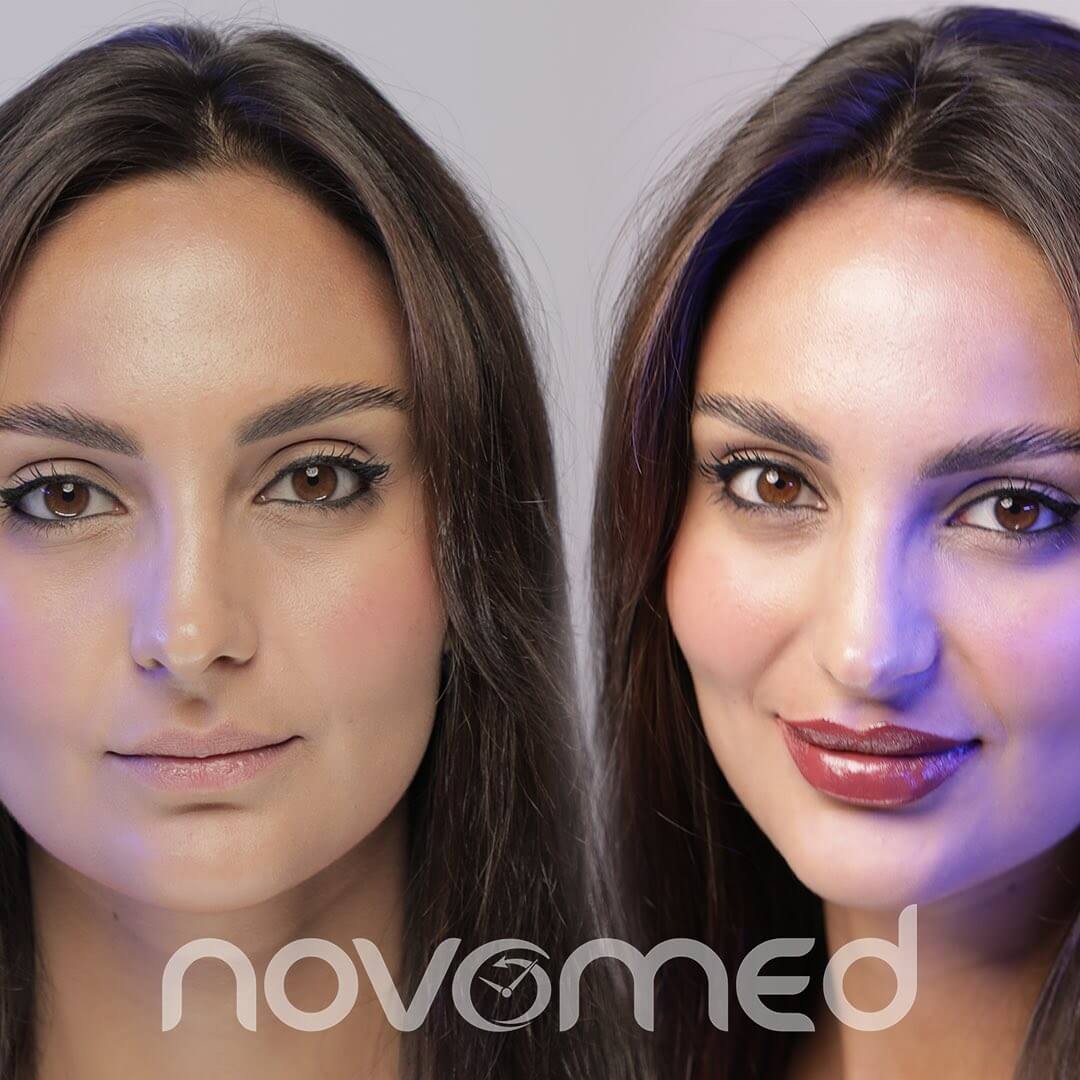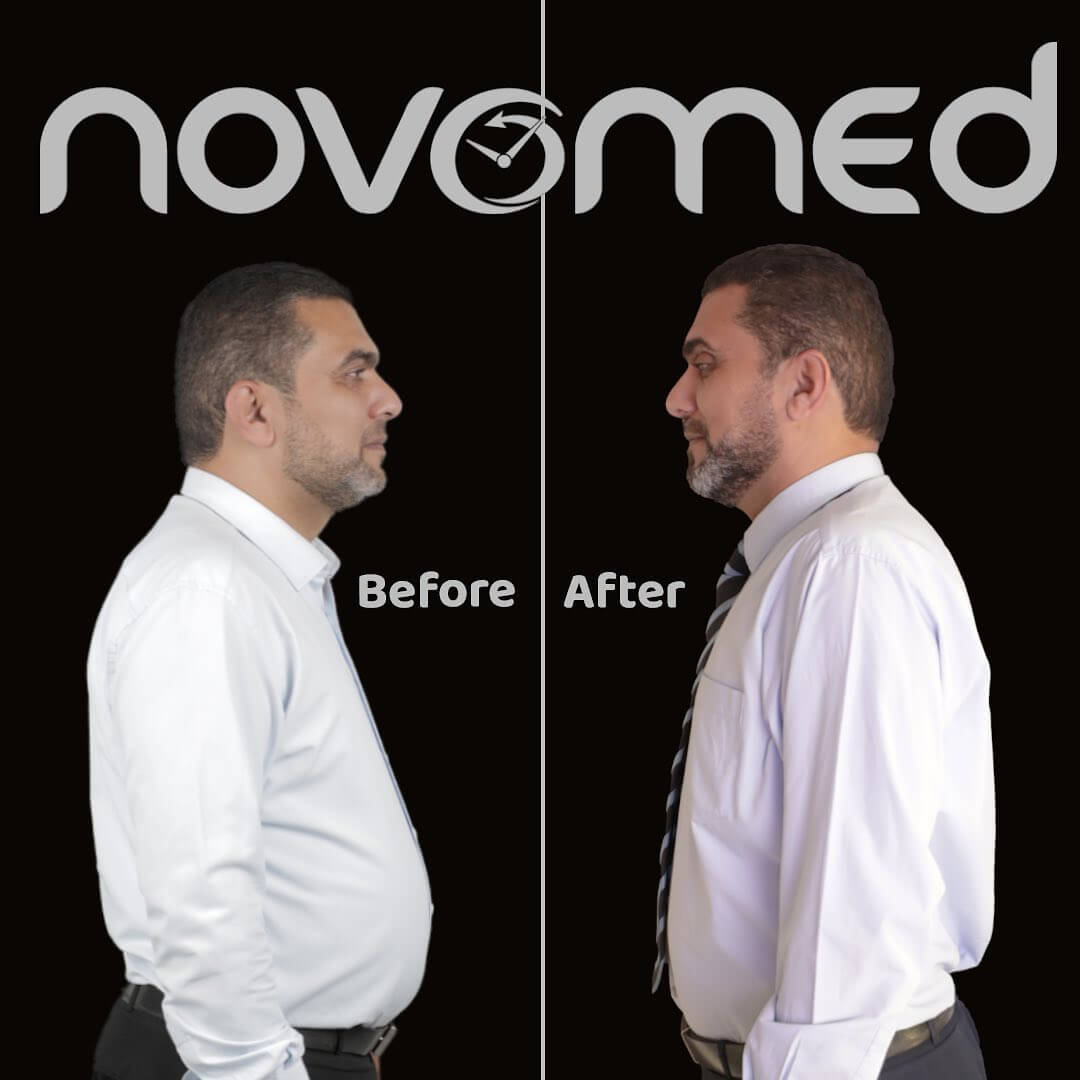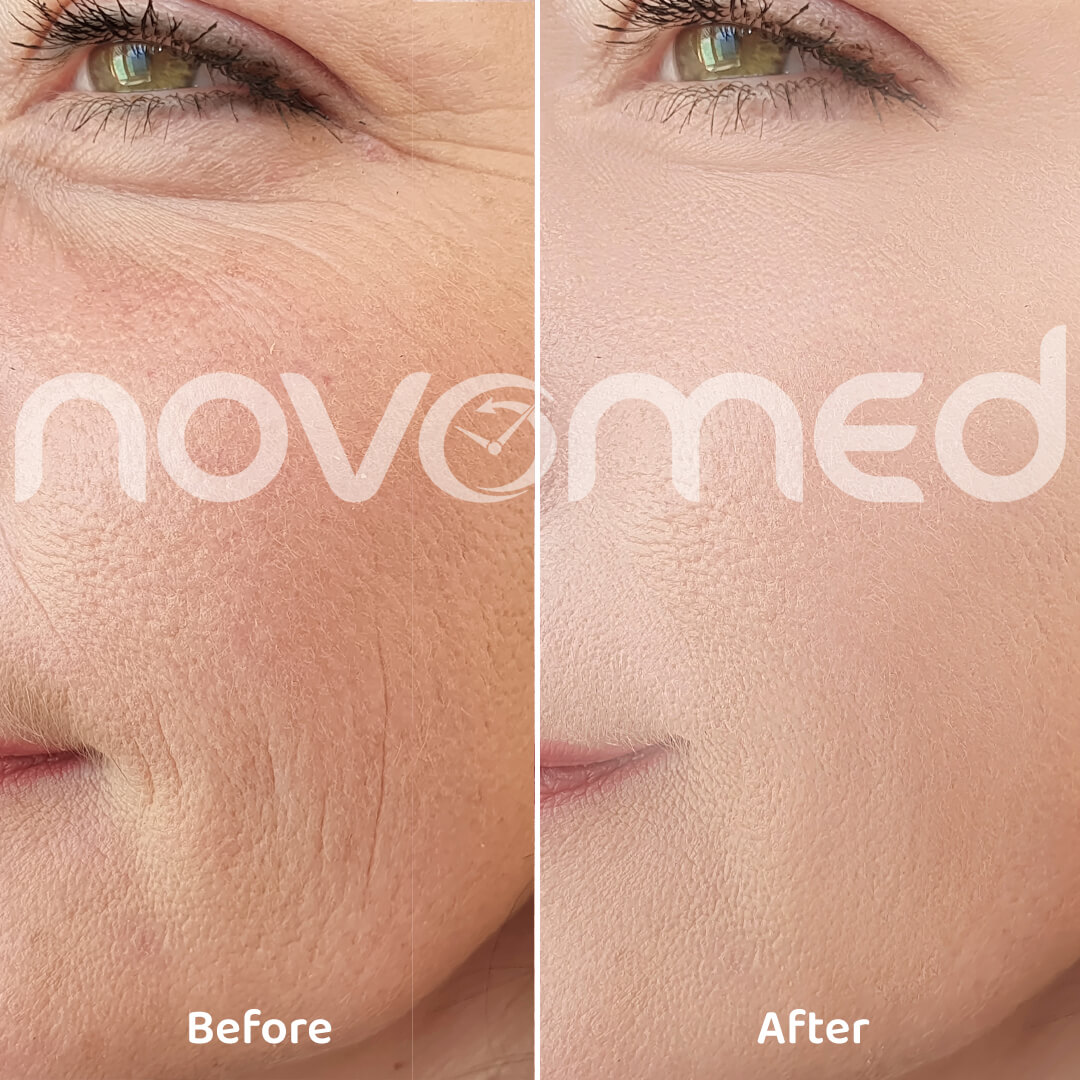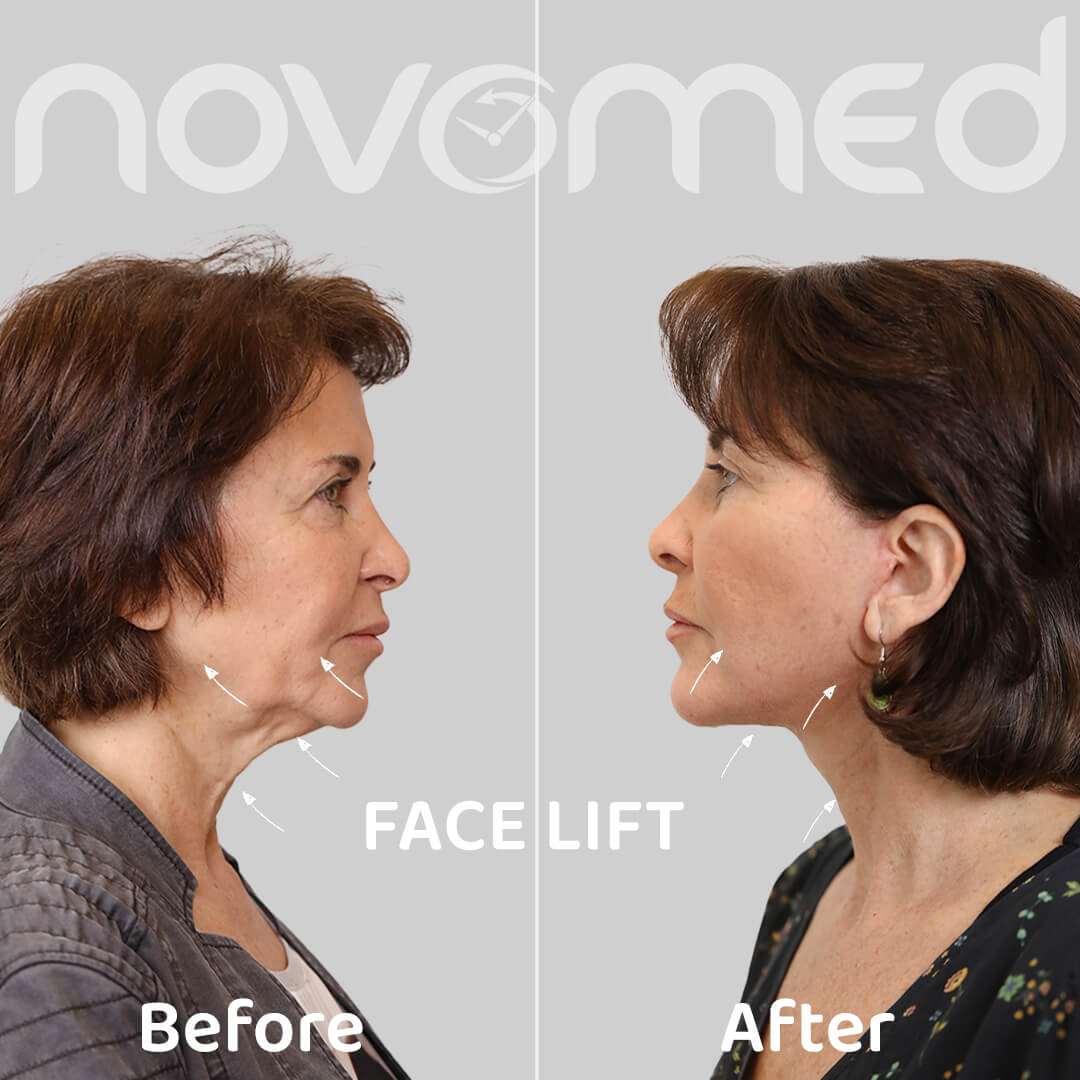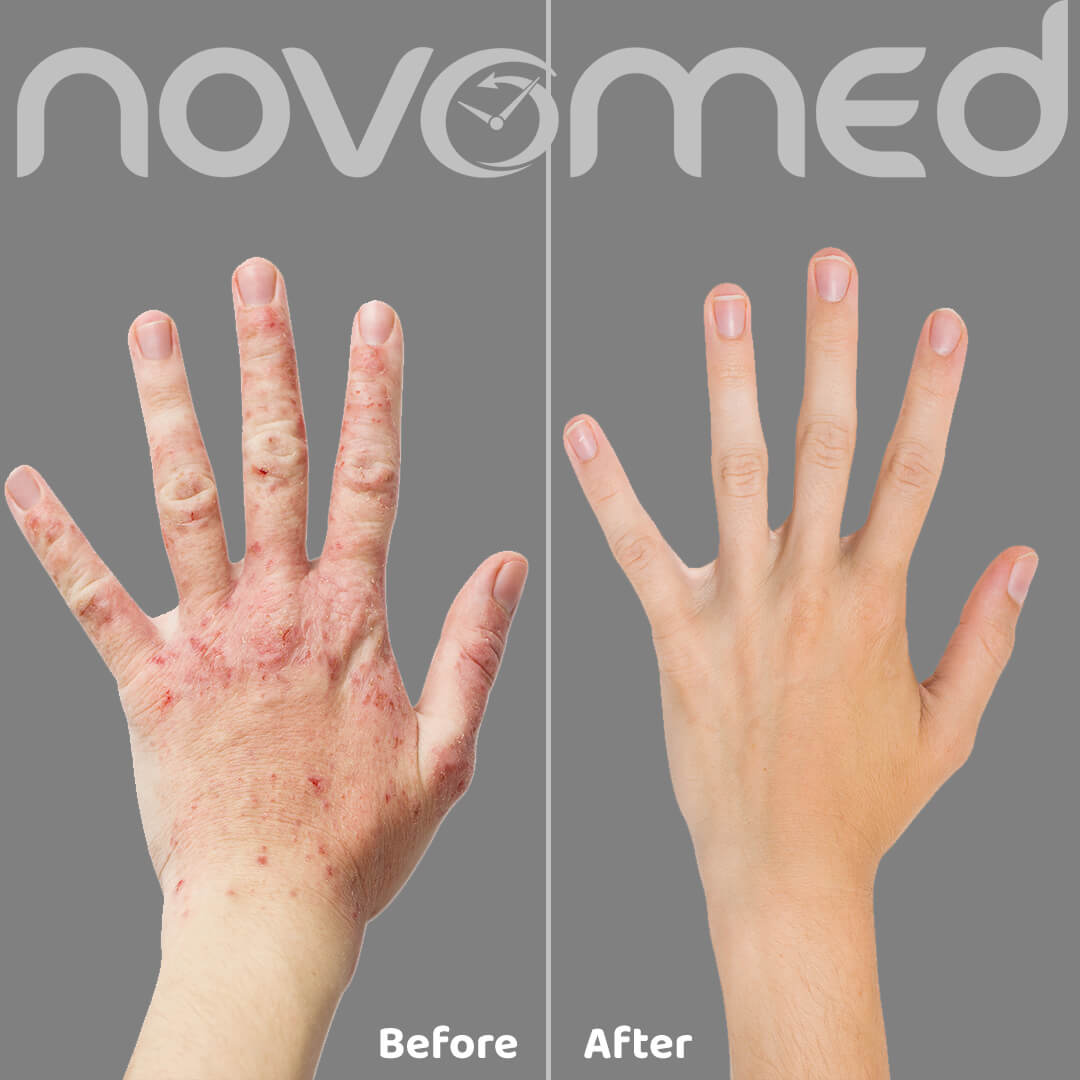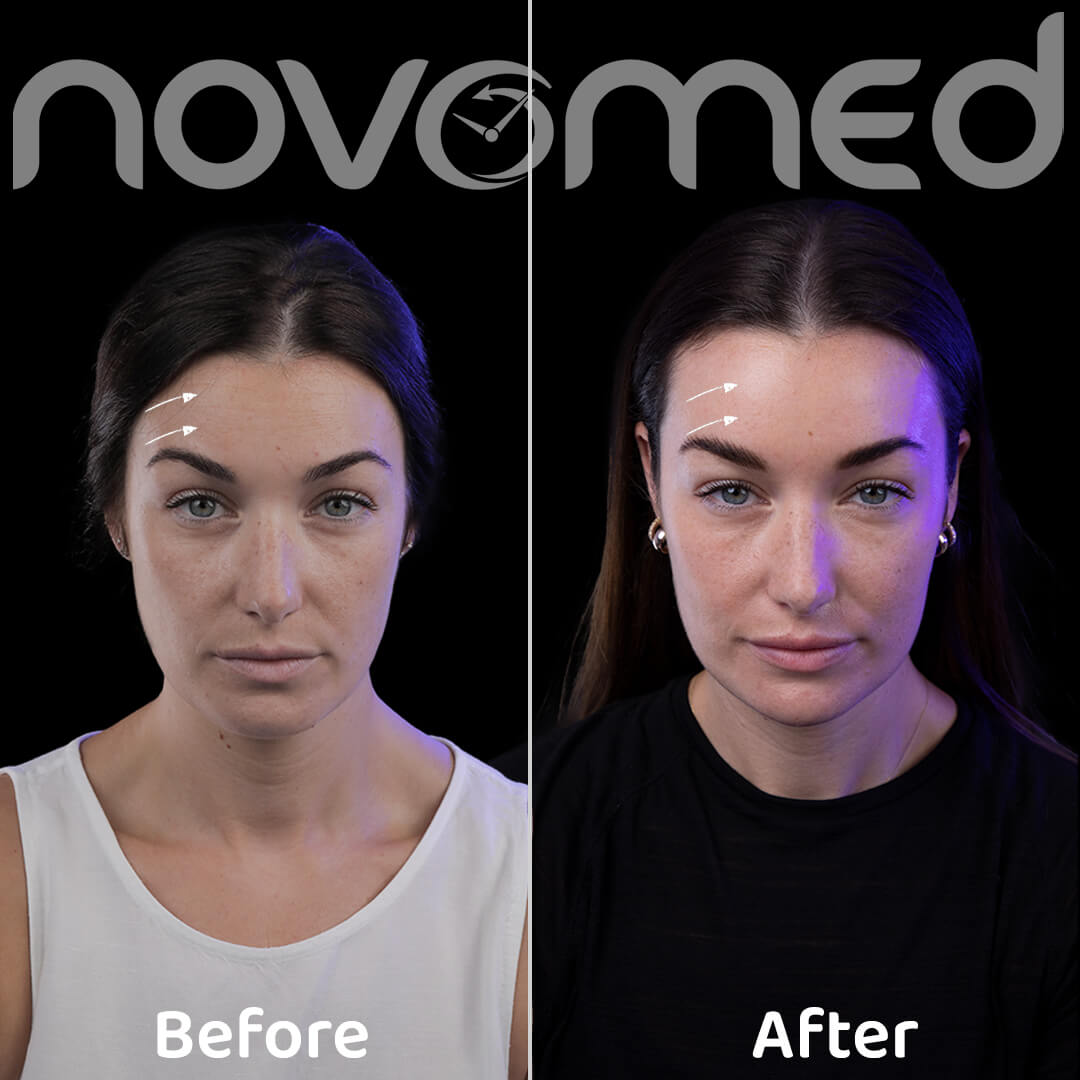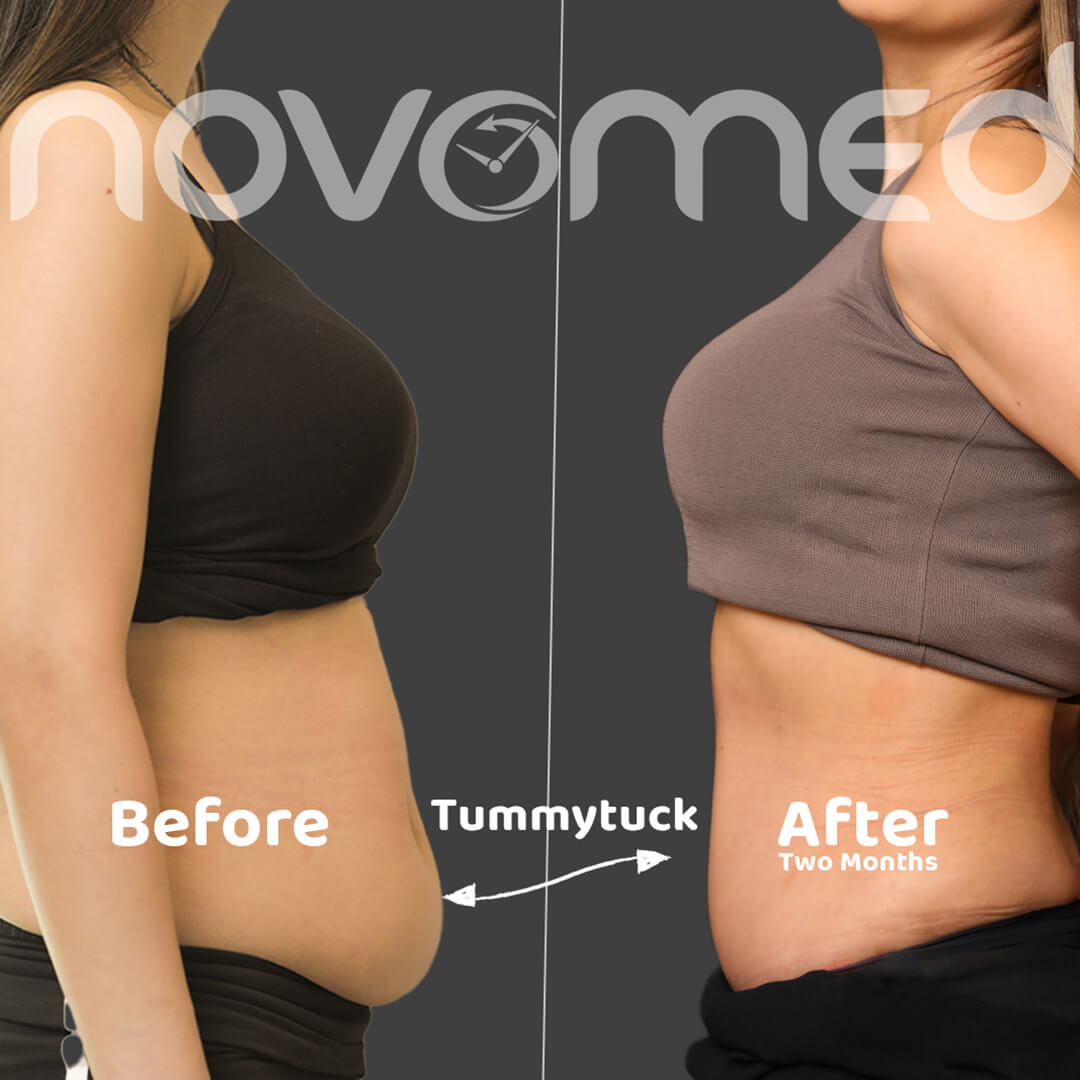Overview
Ligament repair is a surgery to replace a torn ligament in your knee. During a ligament repair surgery, the surgeon removes the torn ligament and replaces it with a piece of tendon from another part of your knee. This surgery is done as an outpatient procedure through small incisions made around your knee joint (Keyhole surgery).
The knee has four major ligaments that connect the femur to the tibia:
- Anterior cruciate ligament (ACL): This ligament controls rotation and forward movement of the tibia and is located in the center of the knee.
- Posterior cruciate ligament (PCL): This ligament controls the backward movement of the tibia and is located in the center of the knee.
- Medial collateral ligament (MCL): This ligament helps stabilize the inner knee.
- Lateral collateral ligament (LCL): This ligament helps stabilize the outer knee.
What causes knee ligament injury?
Ligaments are strong strings of tissue that connect one bone to another. The anterior cruciate ligament – one of the two ligaments that cross through the center of the knee – connects your femur to the shin (tibia) and helps stabilize your knee joint.
Most ligament injuries occur during sports and fitness activities that can put stress on the knee:
- Landing incorrectly from a jump
- Stopping suddenly
- Changing direction suddenly
- A collision, such as while playing football
Why might I need a knee ligament repair surgery?
The decision to undergo ligament repair surgery will depend on the extent of the damage to the ligament and whether it affects your quality of life.
It is generally recommended to reconstruct the knee ligament if:
- You are an athlete, and the injury affects your ability to continue playing your sport, especially if the sport involves jumping, cutting, or pivoting.
- More than one ligament or meniscus in your knee is injured.
- The injury has caused your knee to sprain during daily activities.
- You are young, although other factors, such as activity level and knee instability, are more important than age.
How to prepare for knee ligament surgery?
- Before ligament surgery, you will likely undergo physiotherapy for several weeks to reduce pain and swelling, restore full mobility in the knee, and strengthen muscles. People who have stiff and swollen knee surgeries experience reduced recovery rates, and they do not regain full mobility after surgery.
- Inform the surgeon about any medications or nutritional supplements you are taking. If you take aspirin or other blood-thinning medications, your doctor may ask you to stop taking these types of drugs for at least a week before surgery to reduce the risk of bleeding.
- You should notify your surgeon if you are pregnant or suspect you may be pregnant.
- You will be required to fast for 8 hours before the procedure.
- You may meet with a physiotherapist before surgery to discuss rehabilitation.
- Ask a friend or family member to help around the house for a week or two after you are discharged from the hospital.
- Depending on your medical condition, your surgeon may require another specific preparation.
What happens during a knee ligament repair surgery?
- In most cases, general anesthesia is administered during ligament repair surgery so that you do not feel any pain during the procedure.
- Ligament repair surgery is usually done through small surgical incisions – one of which is used to place a thin, tube-shaped camera (arthroscope) while the rest are used to allow surgical tools to access the knee joint area.
- Your surgeon will remove the damaged ligament and replace it with a segment of the tendon. This replacement tissue is called a graft and is taken from another part of your knee or a tendon from a deceased donor.
- Your doctor will create sockets or tunnels in your femur and shinbone to precisely place the graft, which is then anchored to your bones using screws or other fixation devices. The graft will act as a scaffold on which the new ligament tissue can grow.
- The incision will be closed with surgical sutures or staples, and a sterile dressing or bandage will be applied.
- The procedure usually takes 2-3 hours.
What happens after a knee ligament repair surgery?
- Once you recover from the effects of the anesthesia, you can go home on the same day. Before you return home, you will walk with the support of crutches, and your surgeon may ask you to wear a knee brace to help protect the graft.
- Your doctor will give you specific instructions on how to control swelling and pain after surgery. In general, it is necessary to keep your leg elevated, apply ice packs on your knee, and rest as much as possible.
- Some medications to help reduce pain include over-the-counter medications such as acetaminophen, ibuprofen, and naproxen sodium.
- The surgeon will inform you about when to apply ice packs to your knee, how long to use crutches, and when it is safe to put weight on your knee. You will also be instructed on when to wash or shower, when to change wound dressings, and how to manage post-operative care.
- Physiotherapy after ligament repair surgery helps strengthen the muscles around your knee and improve flexibility. Our physical therapist will teach you how to do the exercises you need to perform, either under constant supervision or at home. Following a rehabilitation plan is necessary to recover well and achieve the best possible results.
Book your appointment at Novomed today!
Our board-certified orthopedic surgeons in Dubai and Al Ain have decades of experience performing ligament surgeries and are keen to provide their patients with the best treatment options that suit their needs. To book a consultation, call us toll-free on 8006686 or click the live chat icon at the bottom of the screen.








